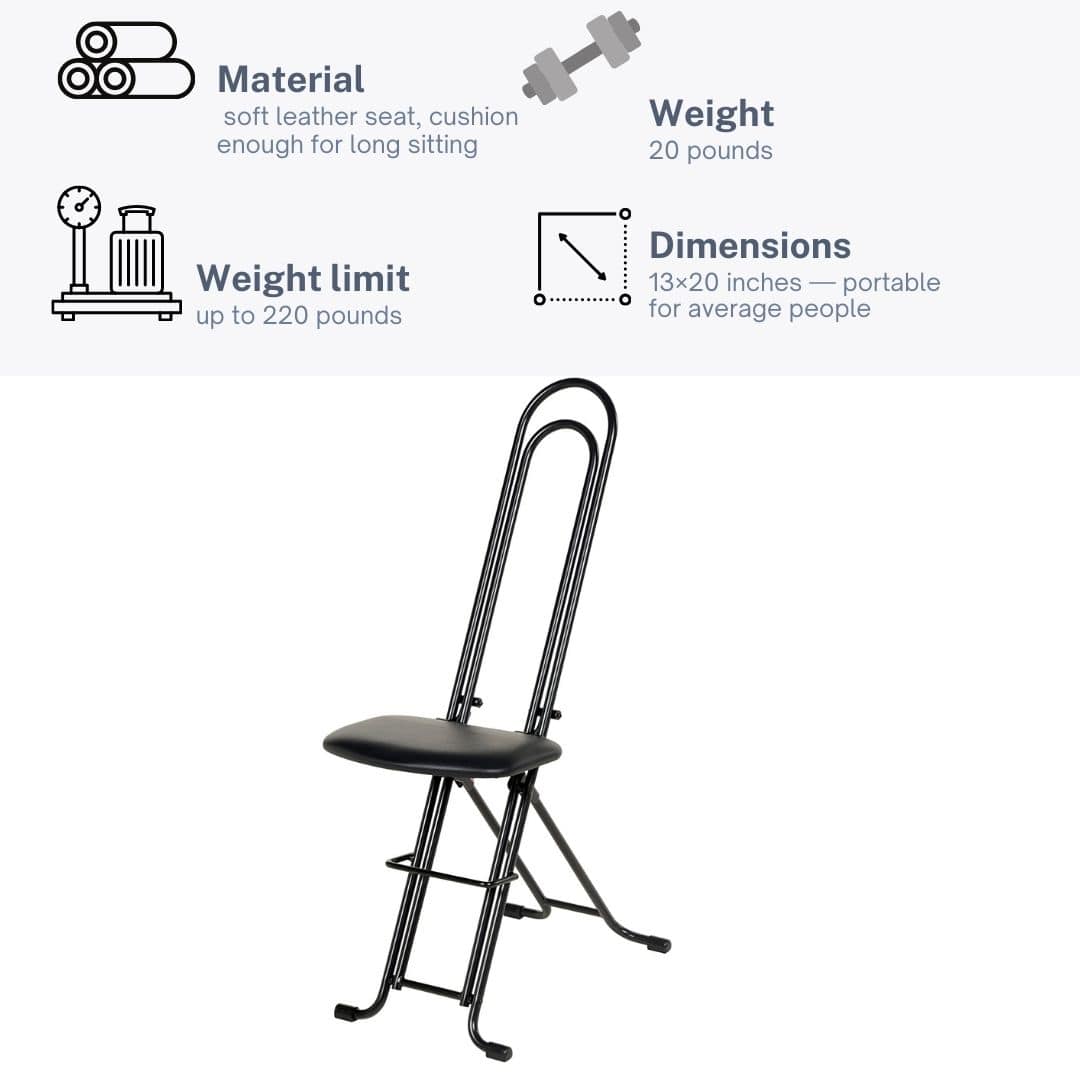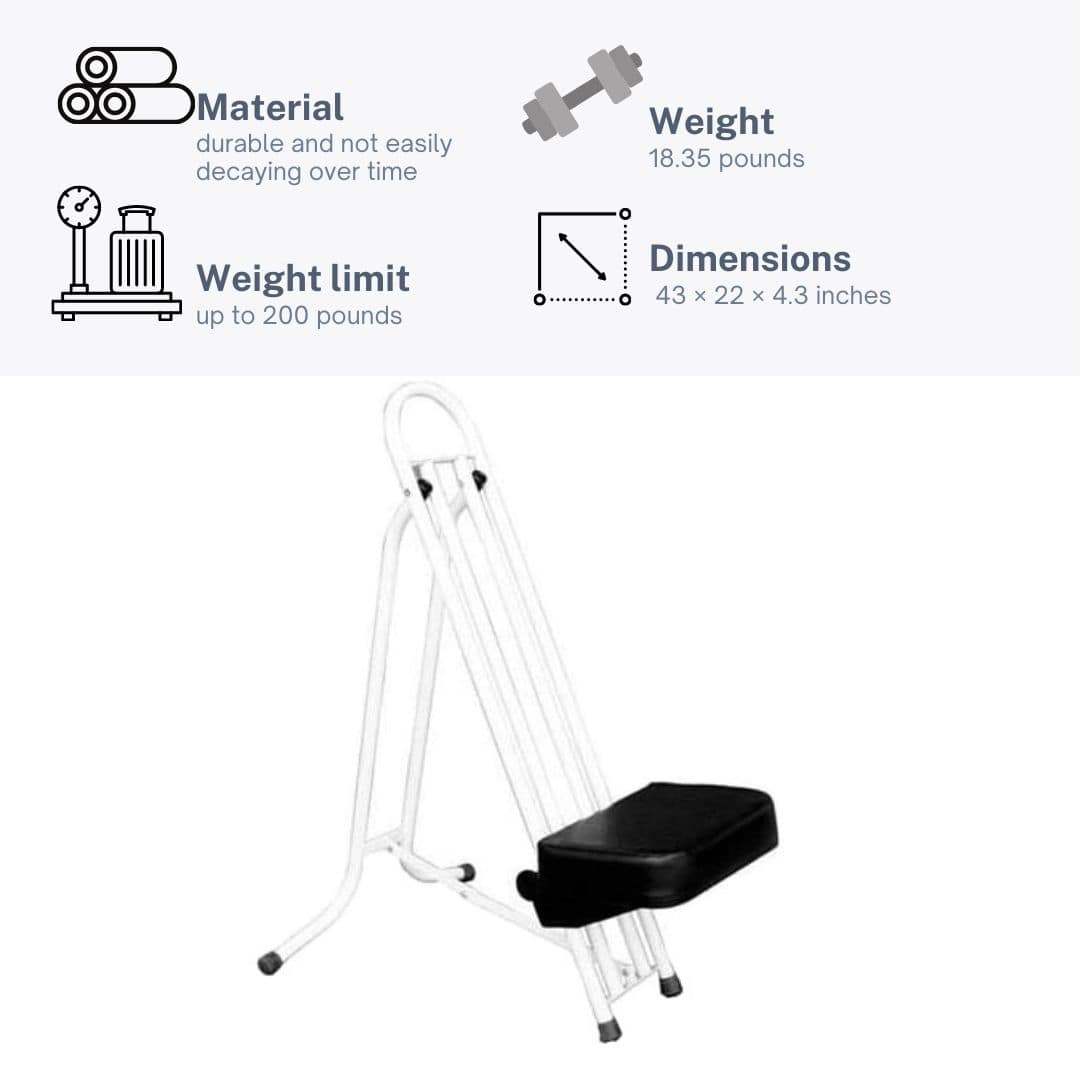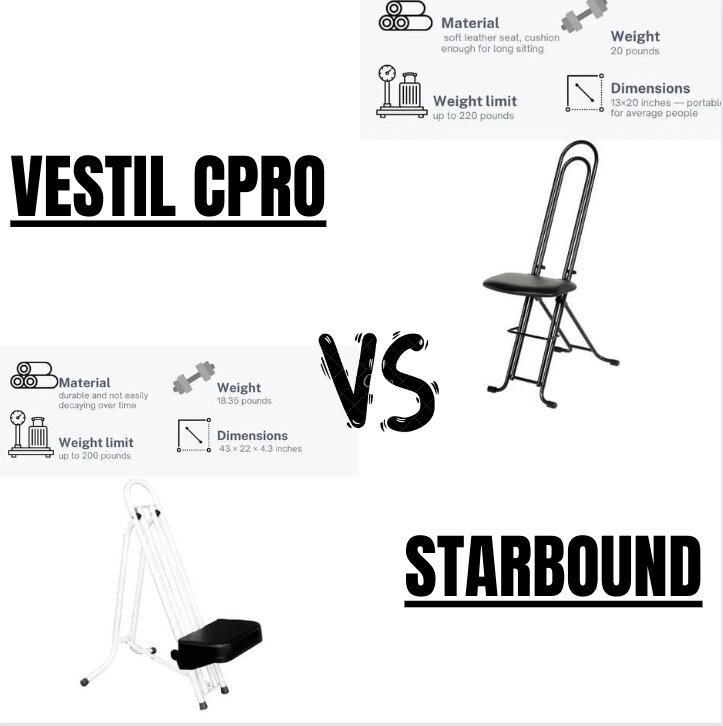If you love stargazing, having a comfortable observing chair can make all the difference in your viewing sessions. In this buying guide, we’ll compare two popular astronomy chair models—the Vestil CPRO-800LP and Starbound Astronomy Chair—to help you select the right one for your needs.
Overview of Key Features
| Feature | Vestil CPRO-800LP | Starbound Astronomy Chair |
|---|---|---|
| Weight | 20 lbs | 18.35 lbs |
| Weight Capacity | 220 lbs | 200 lbs |
| Dimensions | 13 x 20 in | 43 x 22 x 4.3 in |
| Adjustable Height | 9 – 32 in | 9 – 32 in |
| Tilting Mechanism | Shock absorbers | Sturdy frame |
| Frame Material | Iron with anti-rust coating | Heavy duty resin |
| Portability | Folds flat; compact | Folds into flat position |
 |  |
Weight and Load Capacity
The Vestil chair supports more weight at 220 lbs max capacity versus 200 lbs for the Starbound. However, the Starbound weighs slightly less at 18.35 lbs making it a bit more portable. Both accommodate average users well, but heavier individuals may prefer the Vestil.

Adjustability and Tilting
Both chairs offer the same height range from 9 to 32 inches. The Vestil uses shocks to enable tilting in all directions. The Starbound relies on a sturdy frame for stability and to prevent tipping when leaning.
Frame Materials and Durability
The Vestil features an iron frame with an anti-rust coating. The Starbound uses a heavy-duty resin that can withstand weather exposure. Both fold into a flat position for storage and transport.
Dimensions and Portability
The Vestil offers a more compact 13 x 20-inch seating area. The Starbound is more prominent at 43 x 22 inches, providing more space but less portability.

Final Recommendations
For portable use by one person, the Vestil CPRO-800LP is easier to transport and provides customized tilting. For more significant users or leaving the chair outside, the Starbound is more durable and stable.
Do you need help narrowing down your best option? Let us know your usage needs and preferences to guide your astronomy chair selection further.
Factors to Consider When Choosing an Observing Chair
Selecting the right astronomy observing chair involves weighing several vital factors to find the best match for your needs and stargazing style. Here are the top considerations to keep in mind:
Adjustable Height
Having a chair with adjustable height allows you to position yourself at the ideal viewing angle for your telescope. This helps reduce neck strain from constantly looking up or down. Taller astronomers need their chairs to extend higher to reach the eyepiece comfortably. Shorter astronomers need lower adjustable heights. Look for chairs with adjustable leg lengths and backrest angles to accommodate different sizes.
Reclining Capability
For astronomy watching chairs, the ability to recline and modify the backrest angle is especially vital. Reclining distributes your body weight and reduces back strain during long sessions. Chairs that allow incremental reclining adjustments are ideal for finding your optimal viewing position.
Padding and Comfort
You’ll want lots of padding in an observing chair to minimize pressure points and remain comfortable for extended periods. Prioritize thick cushions and lumbar support to reduce fatigue. The extra-wide SkyWatcher Observing Chair is beloved for its ample padding and cozy fleece cover.
Portability
Portable, lightweight chairs that are easy to fold up and transport are ideal if you frequently change observation locations. Look for compact folding mechanisms, carry handles and lightweight materials. The KingCamp Hammock Camping Chair, folds into a compact 35.4″ x 9″ bundle weighing only 10.3 lbs.
Durability
Durability is also vital since astronomy observing chairs get extensive outdoor use. Ensure the frame and fabric are sturdy enough to withstand repeated setups.
Here are some additional recommendations
I would add to this astronomy chair buying guide to further help customers make the best purchasing decision:
- Consider your budget – The Starbound tends to cost more than the Vestil. Set a spending limit before shopping around.
- Check warranty coverage – Look for at least a 1-year warranty. The Starbound offers a 2-year warranty on most parts.
- Read online customer reviews – Don’t just rely on product specs and descriptions. See what existing owners have to say about real-world usage.
- Factor in maintenance – Metal frames like the Vestil’s will require periodic rust protection. The Starbound’s resin won’t need refinishing.
- Think about accessories – Look for chairs with additional trays, storage bags, leg warmers, etc. This adds functionality.
- Try before you buy – Test out display floor models at a retail store to judge comfort.
- Compare deals – Online prices can vary widely. Search multiple websites for the best pricing.
- Consider used/refurb – Gently used chairs can provide big savings. Or look for factory reconditioned.
- Remember portability – Ensure the folded size and weight will work for your transportation needs.
Conclusion
Focus on finding the right balance of quality, reliability, comfort, and features to suit your astronomy needs and budget. I’m happy to provide any other specific guidance to help you make the ideal astronomy chair purchase.


